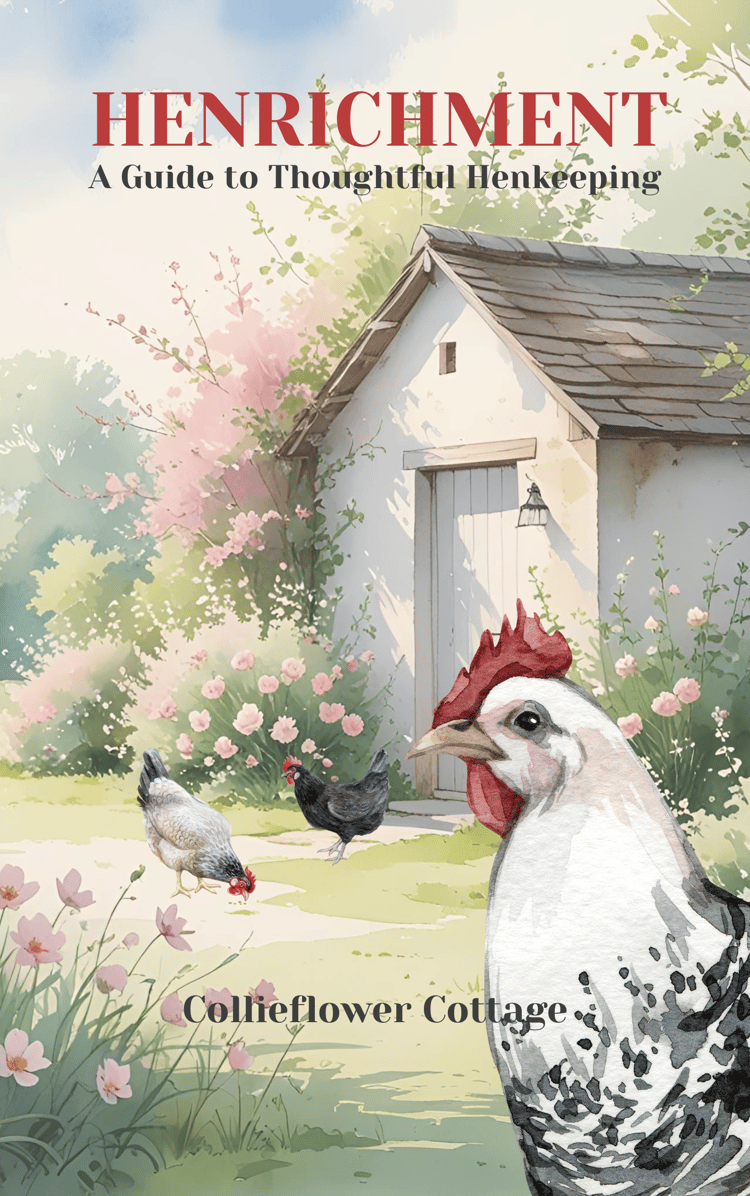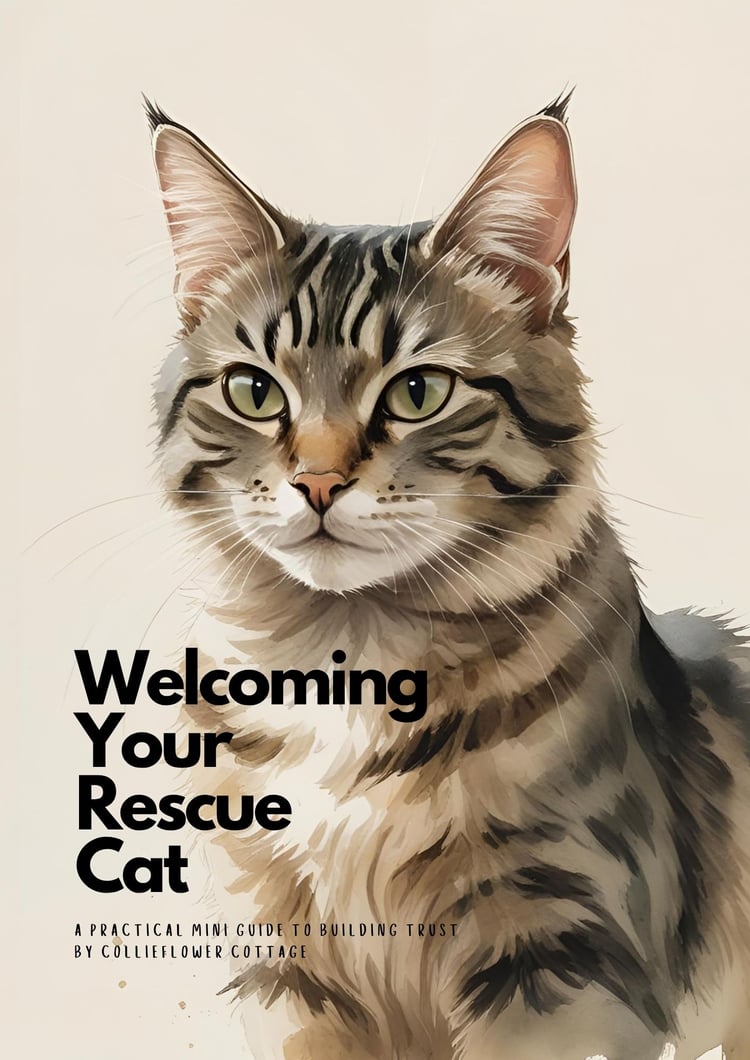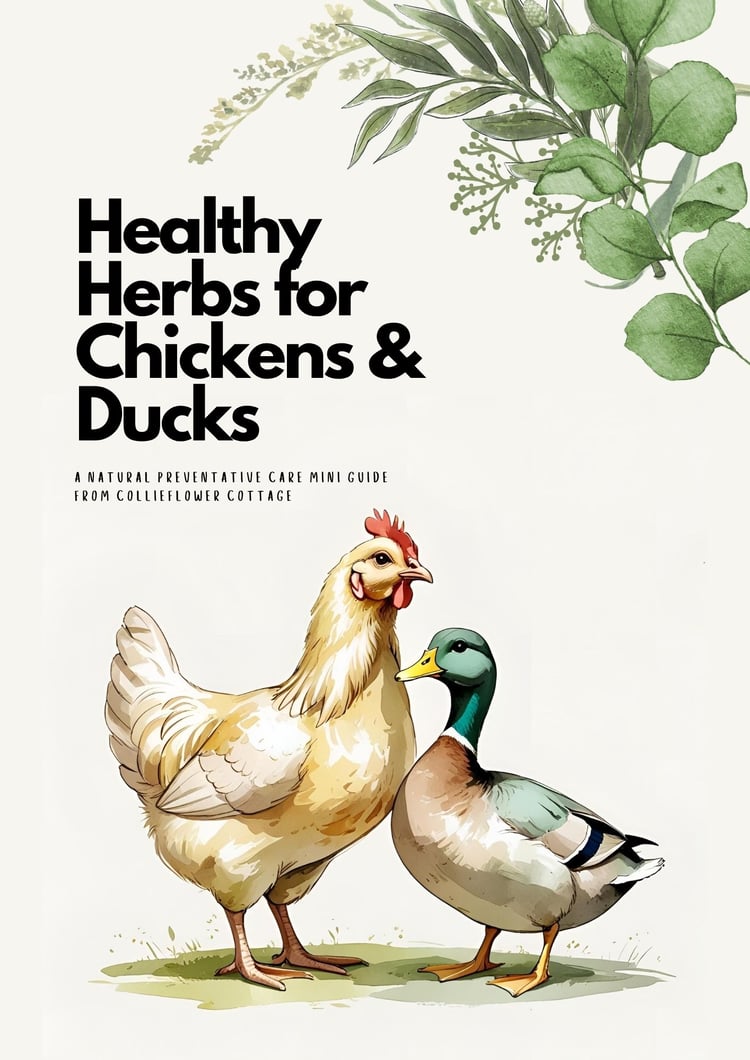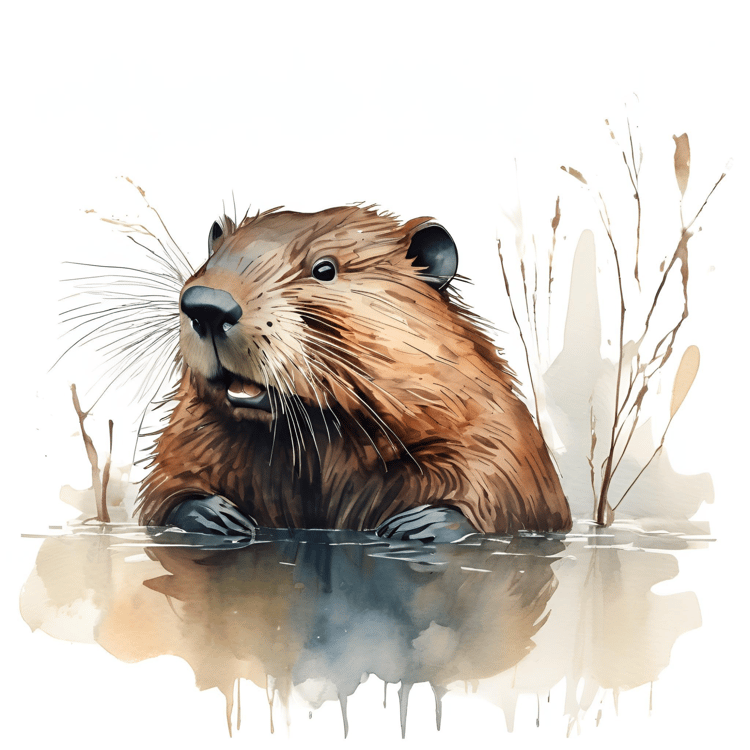Along the rugged sea lochs and windswept islands of Scotland’s west coast, the sight of harbour seals hauled out on rocks or bobbing in the shallows has long been part of the seascape. But these once-familiar figures are becoming harder to find. According to new data released by NatureScot, harbour seal numbers in western Scotland have plummeted by nearly 20% in just five years — a sobering acceleration in a longer-term decline that has left some populations teetering on the brink.
While the east coast colonies have shown signs of slow recovery, the west tells a more troubling story. From the Hebrides to the Sound of Jura, counts have revealed sharp regional drops, including a staggering 70% decrease in Loch Dunvegan. Even areas previously considered stable, such as the Sound of Islay and the Isle of Jura, are now showing downward trends. The cause, as ever in conservation, is not singular but entangled in a complex web of human activity and environmental change.
One of the most persistent threats lies beneath the surface: the gradual disappearance of the prey species on which harbour seals rely. Unlike their larger grey cousins, harbour seals are less likely to travel long distances to forage, making them particularly vulnerable to localised declines in fish stocks. Sandeels, whiting, haddock and cod—cornerstones of their diet—have all suffered under the pressures of industrial fishing. The seabed ecosystems they depend on have been disturbed by bottom-trawling, while changes in sea temperature have shifted the distribution of key fish species away from traditional seal hunting grounds.
The data is unequivocal. Sandeel stocks have fluctuated dramatically in recent years, with significant regional declines tied not only to overfishing but to documented increases in sea temperature and changes in ocean productivity. Without ready access to high-quality prey, seals face a cascade of welfare consequences: poor body condition, reduced reproductive success, and increased susceptibility to disease. These are not abstract ecological metrics—they represent real suffering and shortened lives for intelligent, sentient animals.
Compounding the problem is the presence of Scotland’s fish farms. These aquaculture sites may not directly cause seal mortality at the levels once seen—since the government banned the shooting of seals in 2021—but they continue to present welfare concerns. Many sites still rely on acoustic deterrent devices (ADDs), which emit intense underwater noise to keep seals away. These devices, some reaching sound levels of over 180 decibels, can be detected up to 30 kilometres away and may significantly disrupt seal behaviour, pushing animals away from foraging areas or disorienting mothers and pups.
Paradoxically, the fish farms also serve as magnets for hungry seals. In the absence of abundant wild prey, some animals have come to rely on the densely packed pens of salmon, risking injury and distress in the process. While the farms are quick to label these animals as pests, it is we who have changed the rules of the game—damming the food supply and flooding the coast with noise.
Offshore wind farms have also entered the conversation, often cited in media narratives around wildlife disturbance. Yet the evidence for a direct link between wind farm development and long-term seal population decline is, so far, weak. Seals show short-term displacement during construction—particularly during pile-driving—but studies have generally found they return to the area once construction ends. The greater threat to seal welfare appears to be more persistent and silent: the loss of food, the spread of noise, and the chemical and biological disruption of their home waters. Grey seals, once endangered themselves but now far more numerous than harbour seals across much of the UK, are more adaptable and wide-ranging, leaving their smaller, site-faithful cousins increasingly squeezed in a changing sea
If anything, the plight of the harbour seal is a case study in how layered pressures—each perhaps manageable alone—can converge into a crisis. And it is a crisis that reflects more than just ecological mismanagement; it reflects a failure to safeguard welfare in the wild. These animals are not just data points in population reports. They are mammals with complex social lives and strong maternal bonds, now disappearing silently from places they have occupied for thousands of years.
Scotland’s coasts are changing. What was once a patchwork of thriving marine life is becoming more uniform, more industrial, and more precarious. The seals are telling us something, not just about their own survival, but about the broader state of our seas. Whether or not we listen will shape the kind of coastal environment we leave behind.
Our articles are free because we want as many people as possible to think about animal welfare. You can support our mission to provide sanctuary to more animals and tell more of their stories by visiting our store, sending a gift or sharing our articles on social media









Comments ()